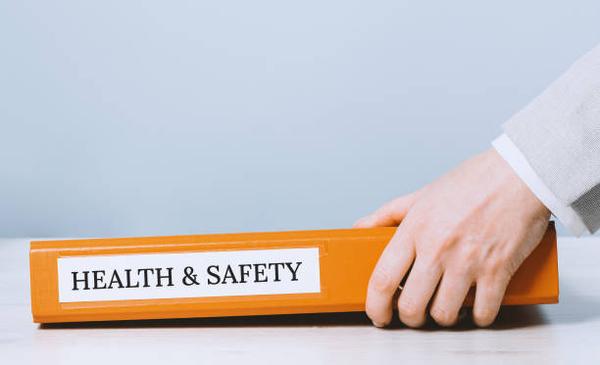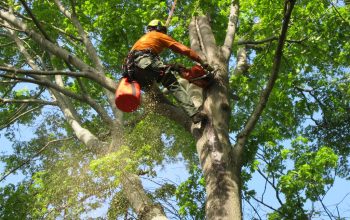Working at elevated job sites can be extremely dangerous without proper safety training. Workers face the risk of falls, injuries, and even death if they are not properly trained to work at heights. That’s why comprehensive safety training is crucial for anyone working in these environments.
One of the key components of safety training for elevated job sites is fall protection. This includes understanding how to properly use and inspect personal protective equipment (PPE) such as harnesses, lanyards, and anchor points. Workers must also be trained on how to set up and use guardrails, safety nets, and other fall prevention systems.
In addition to fall protection, workers must also receive training on hazard recognition and mitigation. This involves identifying potential hazards at the job site such as unstable surfaces, slippery conditions, or overhead obstacles. Workers must then learn how to eliminate or minimize these hazards to reduce the risk of accidents.
Another important aspect of safety training for elevated job sites is rescue procedures. In the event that a worker does fall or become injured while working at height, it is crucial that their coworkers know how to respond quickly and effectively. Training should include instruction on how to perform a rescue using ropes, harnesses, or other equipment.
Furthermore, workers must be educated on proper communication protocols while working at height. Clear communication between team members is essential for ensuring everyone’s safety. Workers should understand how to effectively communicate with each other using hand signals or radios in noisy environments.
It’s also important for workers to receive regular refresher training on safety procedures for elevated job sites. As technology advances and new equipment becomes available, it’s essential that workers stay up-to-date on the latest best practices for staying safe while working at heights.
Ultimately, comprehensive safety training for elevated job sites can help prevent accidents and injuries from occurring. By equipping workers with the knowledge and skills they need to work safely at height, employers can create a safer work environment for everyone involved.
In conclusion, safety should always be a top priority when working in elevated job sites. Employers must ensure that their workers receive thorough training on fall protection, hazard recognition, rescue procedures, communication protocols, and regularly updated best practices. By investing in comprehensive safety training, employers can help their workers reach new heights safely and avoid potentially catastrophic accidents. Remember: Safety first!




